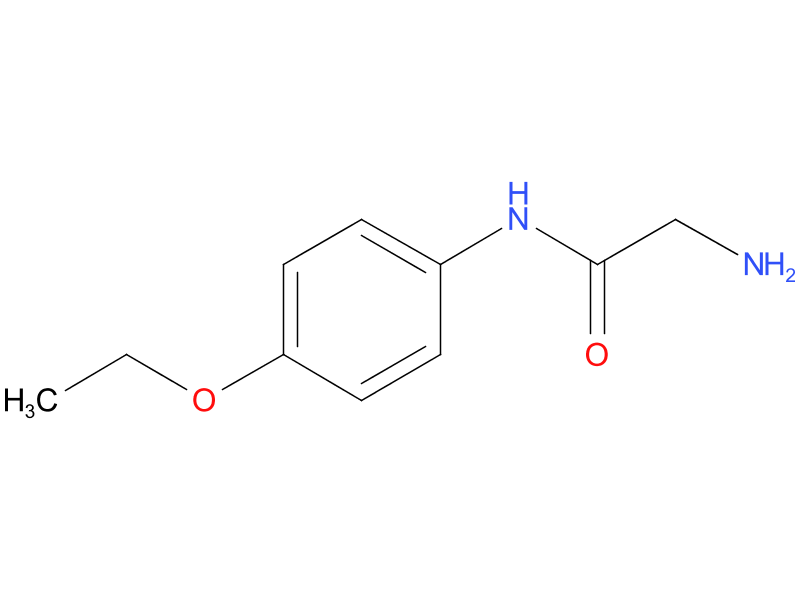
Phenamine

PHENAMINE (Phenaminum, Aktedrin, Alentol, Amphamine, Amphedrine, Amphethamini sulfas, Amphetamine sulfate, Benzedrine sulfate, Benzpropamine, Euphodyn, Isoamin; Ortedrine, Psychedrinum, Psychoton, Racephen, Raphetamine, Sympamin, Sympatedrine).
White crystalline powder of bitter taste. Soluble in water (1:20 in cold, 1:3 in hot), slightly soluble in alcohol. Phenamine is a synthetic compound derived from phenylalkylamine. By its chemical structure and some pharmacological properties (mainly by its effect on the peripheral parts of the sympathetic nervous system), it is close to the drugs of the adrenaline group. The structure differs from adrenaline and norepinephrine in the absence of hydroxyls in the aromatic cycle and the aliphatic chain, which gives it greater resistance and, in addition, makes it easy to overcome the blood-brain barrier; the branched nature of the aliphatic chain (the presence of a methyl group in the a-position to the amino group) protects its molecule from oxidative deamination by monoamine oxidase. Due to the persistence in the body, the effects of phenamine are long-lasting and manifest when taken orally.
Phenamine is a strong stimulant of the central nervous system. The stimulating effect of the drug is largely due to its effect on the brain stem. In the neurochemical mechanism of action of phenamine, an important role is played by its ability to cause the release of norepinephrine and dopamine from the presynaptic nerve endings granules and thus stimulate central noradrenergic and, to a greater extent, dopaminergic receptors. It also has a slight inhibitory effect on the activity of monoamine oxidase and inhibits the reverse neuronal uptake of dopamine and norepinephrine. Phenamine also has peripheral adrenergic activity (stimulates a- and b – adrenergic receptors); it causes constriction of peripheral vessels, increased heart contractions, increased blood pressure, relaxation of bronchial muscles, dilation of pupils. These effects are more prolonged, but less pronounced than those of adrenaline.
With proper dosing, phenamine, enhancing the processes of arousal in the central nervous system, reduces the feeling of fatigue, has a general stimulating effect, expressed in improving mood, feeling a surge of strength, cheerfulness, improving efficiency, reducing the need for sleep. Phenamine and its analogues weaken and shorten sleep caused by sleeping pills and drugs, and therefore they are sometimes called awakening amines.
The drug has anorexigenic activity, i.e. it reduces appetite and contributes to a faster onset of a feeling of satiety with food. For a long time, phenamine was considered one of the main psychostimulating agents. It was widely used to improve mental and physical performance, for the treatment of narcolepsy, depressive states, the effects of encephalitis and other diseases accompanied by drowsiness, lethargy, apathy, asthenia, with postencephalitic parkinsonism (together with cholinolytic drugs).
In recent years, due to possible side effects (disorders of higher nervous activity, increased blood pressure, relatively frequent paradoxical reactions – drowsiness and apathy instead of excitement, decreased performance, etc.), and most importantly – due to the possible development of addiction and addiction, phenamine has become extremely rare.
Phenamine is administered orally to adults at 0.005 – 0.01 g (5-10 mg) 1-2 times a day. The effect after a single dose lasts 2 – 8 hours. Doses should be selected individually due to different sensitivity and tolerability. The drug is excreted from the body slowly, cumulation phenomena are possible. Phenamine should be used with caution and only for medical reasons. With an overdose of the drug, dizziness, chills, nausea, loss of appetite, insomnia, tachycardia, arrhythmias may occur. With prolonged uncontrolled use, severe neuropsychic disorders up to schizophrenic-like psychoses are possible. When taking phenamine in the afternoon, sleep may be disturbed.
Contraindications to the use of phenamine are senile age, insomnia, arousal, liver disease, hypertension, atherosclerosis, organic diseases of the cardiovascular system.
Product form: 0.01 g tablets in a package of 10 pieces. Storage: List A. In a well-sealed container. It is released with the same restrictions as narcotic drugs.
